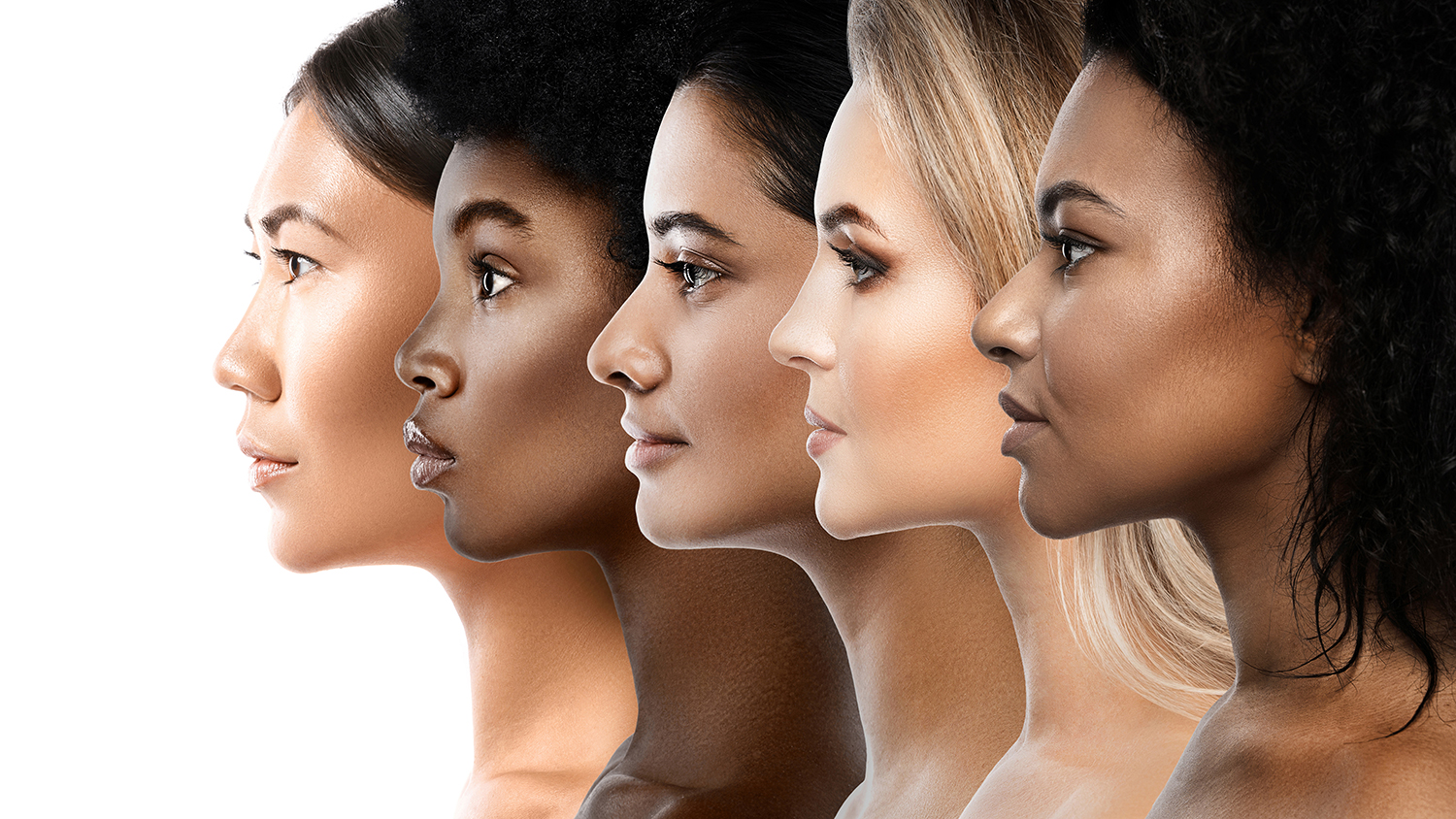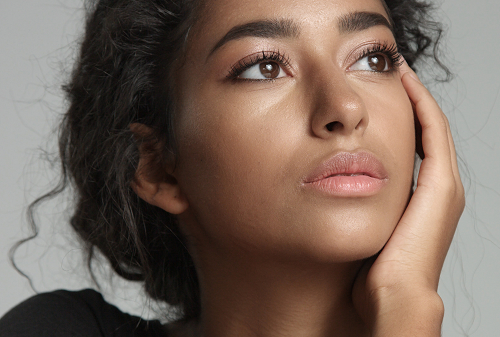Ethnic Rhinoplasty
Ethnic rhinoplasty procedures are one of the most common surgeries that Peter Abramson, M.D. performs. Dr. Abramson performs ethnic nose job surgeries for both men and women of many different ethnicities for cosmetic and functional fixes. Because of unique nose structures, special consideration must be taken when performing ethnic rhinoplasty for African-American, Hispanic, Middle Eastern, and Asian patients.

Ethnic rhinoplasty is performed to subtly enhance the appearance of a patient’s nose without erasing specific ethnic facial traits. Dr. Abramson preserves each patient’s unique ethnic heritage without completely “westernizing” their noses. Occasionally some patients will want more of a “designer nose job” and will request to have more Caucasian traits. Dr. Abramson and his team of experts have many years of experience with ethnic rhinoplasty for Hispanic, Asian, Middle Eastern, and African-American patients. It’s impossible to precisely characterize the features of a given ethnic group, but certain naso-facial patterns do exist within certain ethnicities.
Types of Ethnic Rhinoplasty

- Hispanic Rhinoplasty: Hispanic rhinoplasty patients typically have thick nasal skin and a broad and bulbous nasal tip. Some Hispanic patients have noses more related to Spaniard counterparts with large bridges with a hump, and bulbous tips. Many Latino patients with roots in more southern regions or the Caribbean can have very wide and flat tips and nostrils and a wide nasal bridge.
- Asian Rhinoplasty: Asian rhinoplasty patients usually have a flat nasal profile, subtle bridge and wide, rounded tip. Asian patients can opt for silicone augmentation of the bridge or natural augmentation with cartilage grafts and tissue. Dr. Abramson will always customize the results so that the patient seems like he or she was born with that nose! Similar to African American noses, the key with Asian noses is to not narrow the nostrils too much, pinch the tip, or over-augment the bridge.
- Middle Eastern Rhinoplasty: Middle Eastern rhinoplasty patients have different needs depending on their particular geographic ethnicity. Middle Eastern patients tend to have excessively large nasal profiles and bulbous, hanging nasal tips. It is very important to not remove too much from the bridge or raise the tip too high. Customized tip shaping is critical because once the bridge is reduced, the tip becomes the focal point.
- African-American Rhinoplasty: Many African-Americans have a low nasal bridge, wide nostrils and thick nasal skin. Thick fatty tissue, combined with weak or thin cartilage in the nasal tip, can cause the nose to look bulbous, or swollen. An African-American rhinoplasty treatment plan might include augmenting the bridge of the nose, narrowing the nostrils, and shaping the nasal tip while adding cartilage grafts.
- Anglo-Caucasian Rhinoplasty: Caucasian rhinoplasty is performed to smooth a hump on the bridge of the nose, make the nose smaller/less prominent, and refine the tip of the nose. The nasal skin is usually more retractile and elastic than it is in other ethnic groups.
About the Procedure
Dr. Abramson tailors his approach and treatment plan for each patient’s particular needs. A “custom” treatment plan is necessary, always! Instead of incorporating a “cookie-cutter” approach, he works with patients to determine:
- What the patient doesn’t like about their nose.
- What kind of results are optimal to improve the specific existing nasal shape.
- The patient’s other facial features.
- How to maintain the patient’s own unique beauty.
Abramson Facial Plastic Surgery Center & Rejuvenation Spa uses innovative, state-of-the-art techniques and instruments to perform rhinoplasty and other aesthetic procedures for patients throughout the Metro Atlanta, GA area including Decatur, Decatur, Sandy Springs, Alpharetta, Marietta, Roswell, Milton, and Smyrna. Call (404) 297-1789 today to schedule an ethnic rhinoplasty cosmetic consult/virtual visit.
Peter Abramson, M.D. is double board-certified by the American Board of Otolaryngology and the American Board of Facial Plastic and Reconstructive Surgery

